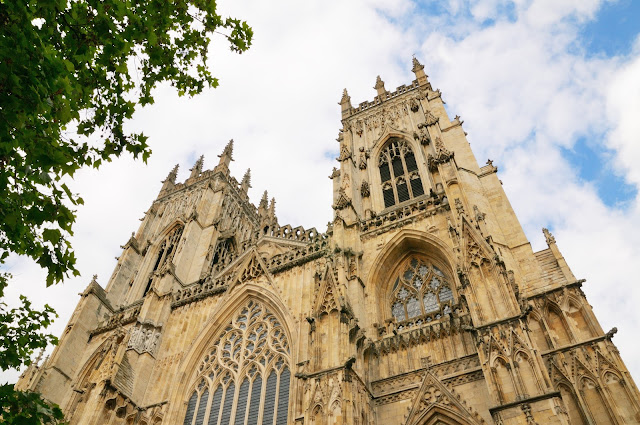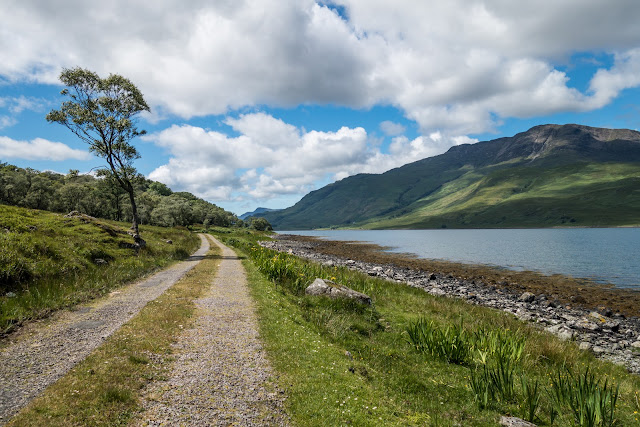The City of York - Day one
York is a historic walled city in North Yorkshire, The city was founded by the Romans as Eboracum in 71 AD. It became the capital of the Roman province of Britannia Inferior, and later of the kingdoms of Northumbria and Jórvík. In the Middle Ages. York grew as a major wool trading centre and became the capital of the northern ecclesiastical province of the Church of England, a role it has retained.
In the 19th century, York became a hub of the railway network and a confectionery manufacturing centre. The economy of York is now dominated by services.
York's cathedral church is one of the finest medieval buildings in Europe. The Minster is also known as St Peter's, its full name being the 'Cathedral and Metropolitical Church of St Peter in York'. In the past the church sat within its own walled precinct, known as the Liberty of St Peter.
The remains of the Basilica, the ceremonial centre of the Roman fortress, have been found beneath the Minster building.
The first Christian church on the site has been dated to 627 and the first Archbishop of York was recognised by the Pope in 732.
A stone Saxon church survived Viking invasion in 866 but was ransacked by William the Conqueror's forces in 1069. William appointed his own Archbishop, Thomas, who by the end of the century had built a great Norman cathedral on the site.
The present Gothic-style church was designed to be the greatest cathedral in the kingdom. It was built over 250 years, between 1220 and 1472.
As the natural centre of the Church in the North, the Minster has often played an important role in great national affairs - not least during the turbulent years of the Reformation and the Civil War.
The Shambles (officially known as just Shambles is an old street in York, England, with overhanging timber-framed buildings, some dating back as far as the fourteenth century. It was once known as The Great Flesh Shambles, probably from the Anglo-Saxon Fleshammels (literally 'flesh-shelves'), the word for the shelves that butchers used to display their meat. As recently as 1872 twenty-five butchers' shops were located along the street, but now none remain.
The street was mentioned in the Domesday Book of 1086. Many of the current buildings are from circa 1350-1475.
Although the butchers have now vanished, a number of the shops on the street still have meat-hooks hanging outside and, below them, shelves on which meat would have been displayed. The shops currently include a mixture of eateries and souvenir sellers, but there is also a bookshop and a bakery.
The homeless of York. The man sleeping on the bench would make a picture I thought, and then realised that there were actually two sets of legs!
So important did York become in Roman Britain that a royal palace was built in the city, and the emperor Septimus Severus stayed here with his imperial court in the years 209-211. By the 4th century Eboracum was the capitol of southern Britannia.
The Emperor Constantius I visited here in 306 - and promptly died. His son, Constantine the Great, founder of Constantinople and the first Christian Emperor of Rome, was proclaimed emperor in York. The traditional site of his crowning is preserved under York Minster.
The headquarters of the legions was on the site of the Minster. Roman remains were uncovered beneath the church during restoration work, including a 31 ft. high column, which has been re-erected near the south entrance to the Minster.
Another view of the Minster in York completing our first wander in York!









Comments